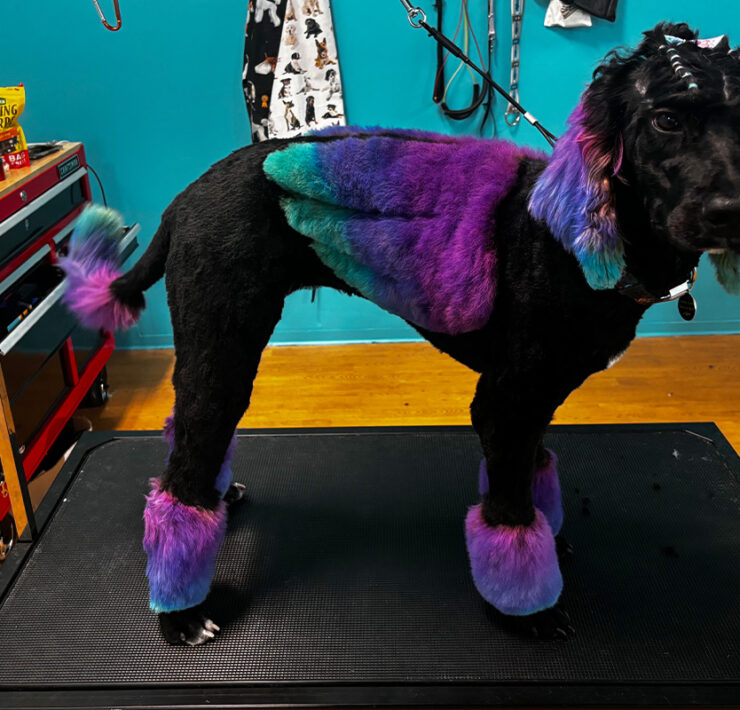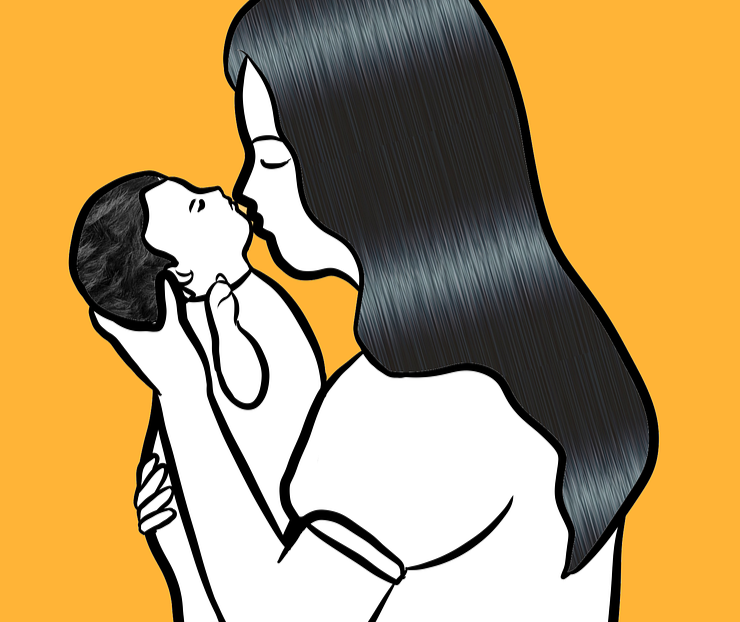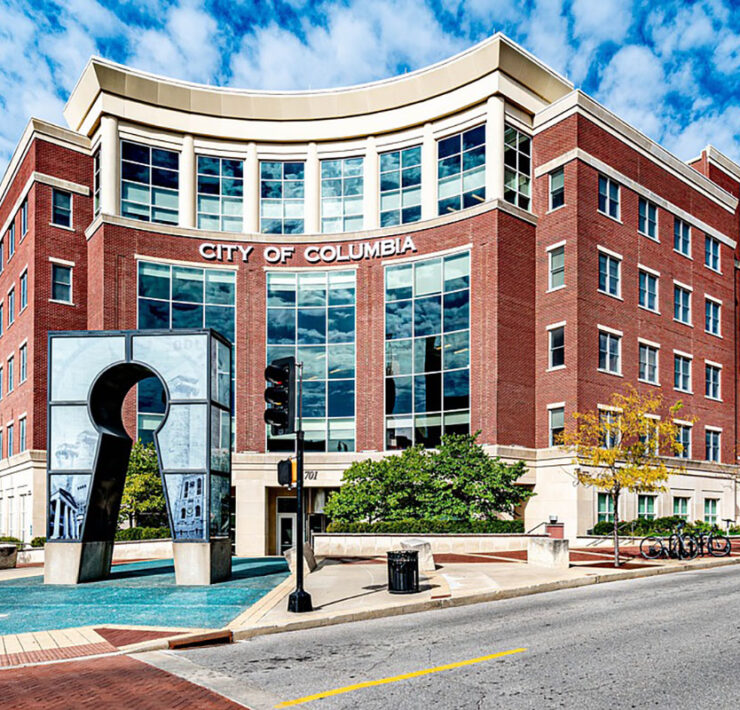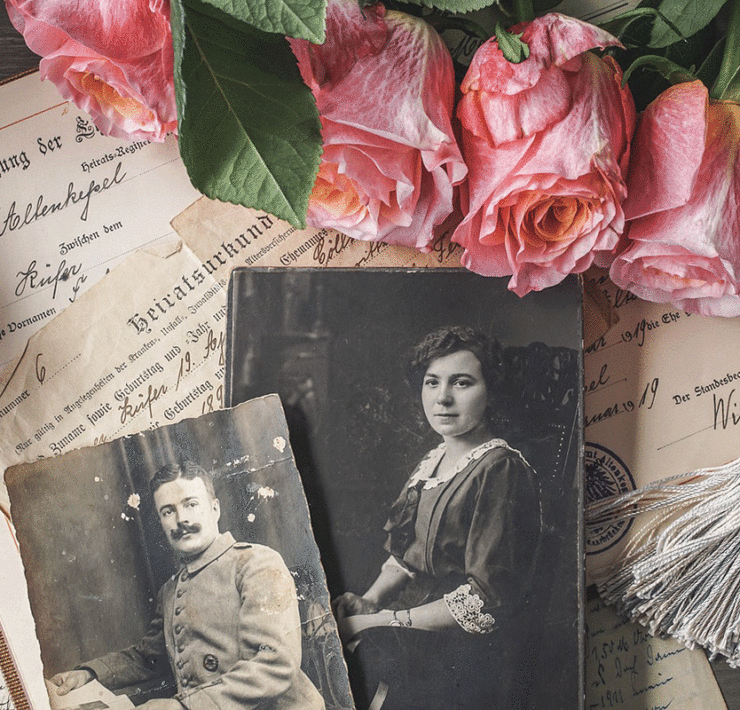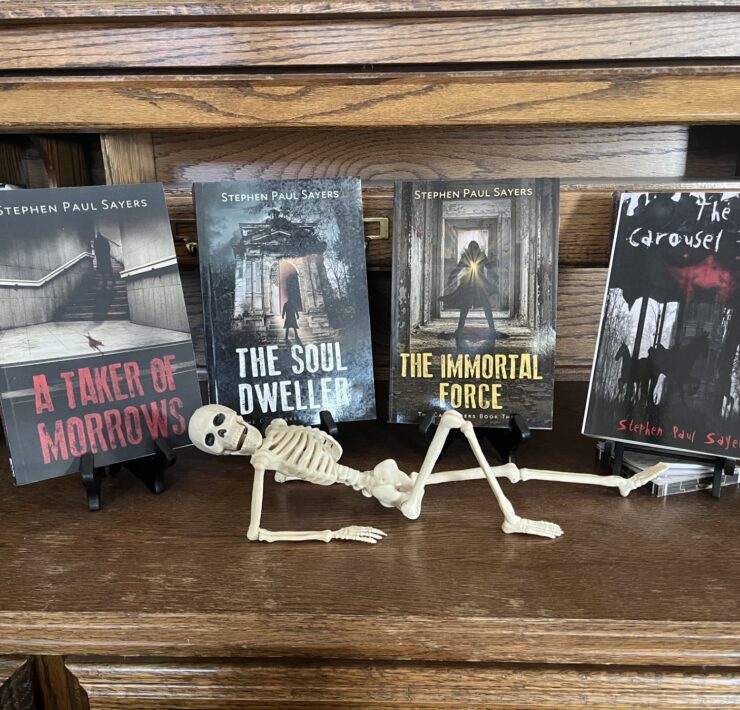Something to Celebrate
- "Something to Celebrate" originally appeared in the December 2024 "Food and Drink" issue of COMO Magazine.
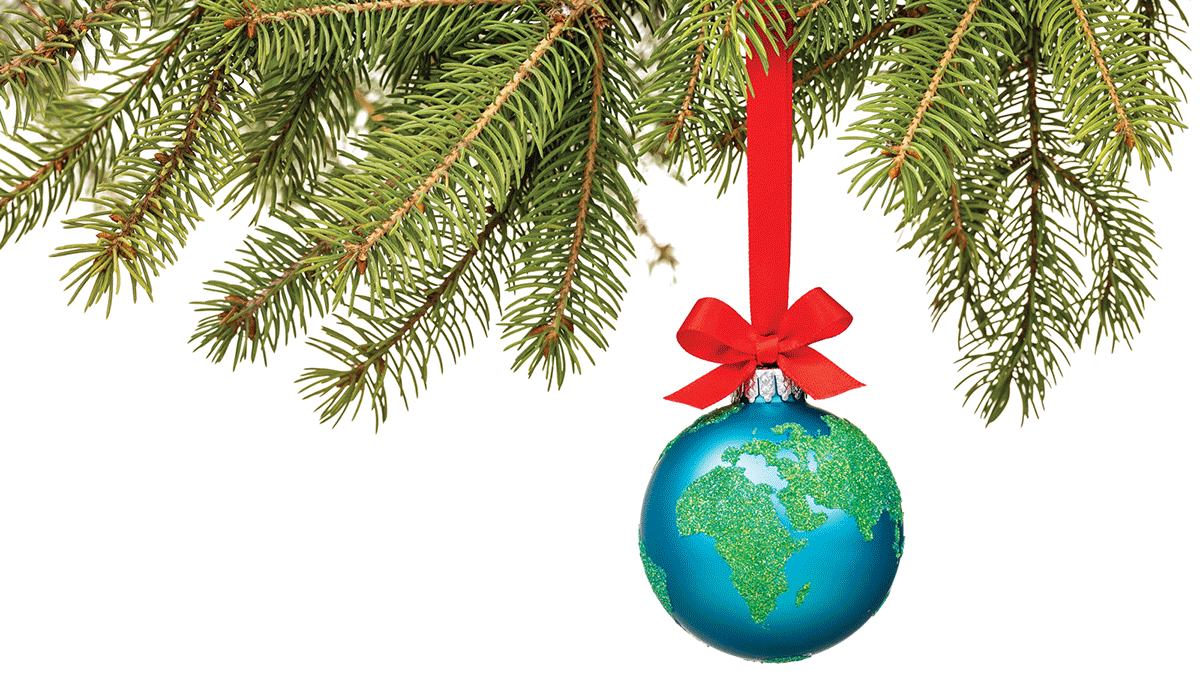
Columbia’s cultural melting pot embraces the holiday season.
If you have a linguistic leaning, you might wonder why the twelfth month of the year derives its name from a Latin word that means “tenth.” In years long past, the calendar consisted of ten months with January and February not being named at all.
Whether tenth or twelfth, December has always been the last month of the year. It is, however, most definitely not the least. From the sacred to the secular, traditions abound and are celebrated right here in central Missouri during these final thirty-one days each year. With our rich array of cultures and faiths, there is something for everyone to celebrate.
Yule
The winter solstice, sometimes known as Yule, is the longest night of the year and has been observed for some ten thousand years all over the world. While this holiday happens on the longest night of the year, it is actually a celebration of light — a looking forward to the return of the sun and life in the coming year.
In Columbia, our Afghan neighbors celebrate by gathering as families. They read poetry, tell stories, and share fruits such as pomegranates and watermelon. The winter solstice is known as Dongzhi in Chinese tradition. The festival includes the worship of heaven, earth, and ancestors. It also includes plenty of good food and family.
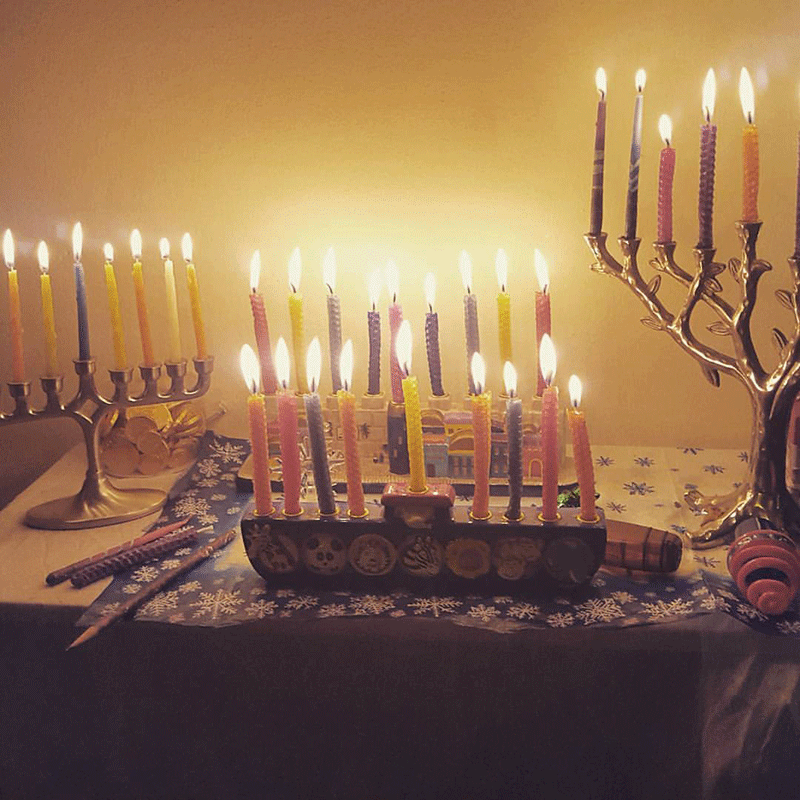
Chanukkah (Hanukkah)
However you spell it, this Jewish holiday means “dedication” and celebrates the miracle of the oil. In 165 BC, the Jewish people regained their temple from the Syrian-Greeks. In purifying the temple, they burned an oil lamp but only had enough oil for one night. Miraculously, the lamp burned for eight days, leading to Hannukah’s eight-day celebration.
During this eight-day celebration, most of the festivities take place in the evenings (school and work during the day continue as usual). The central object is a menorah — a candelabra with nine candles: a “servant” candle used to light the remaining eight candles, one each night.
Other than the ubiquitous nightly lighting of the menorah, activities range from a single family gathering to a full-scale aunts, uncles, cousins, and friends party. This type of observance might include Jewish folk dancing, games of dreidel, gift-giving, and, of course, plenty of good food.
What type of food is traditional Chanukkah fare? First and foremost is the potato latke (pancake). Recipes vary widely and can be savory or sweet. One family has a latke contest to see who makes the tastiest variety. Sufganiyot (little donuts) are also popular. Fried foods, in memory of the oil that did not run out, are common during these eight days, but at least one mid-Missouri family also enjoys beef summer sausage, chocolate-covered cherries, poppy seed cookies, and a variety of cheeses.
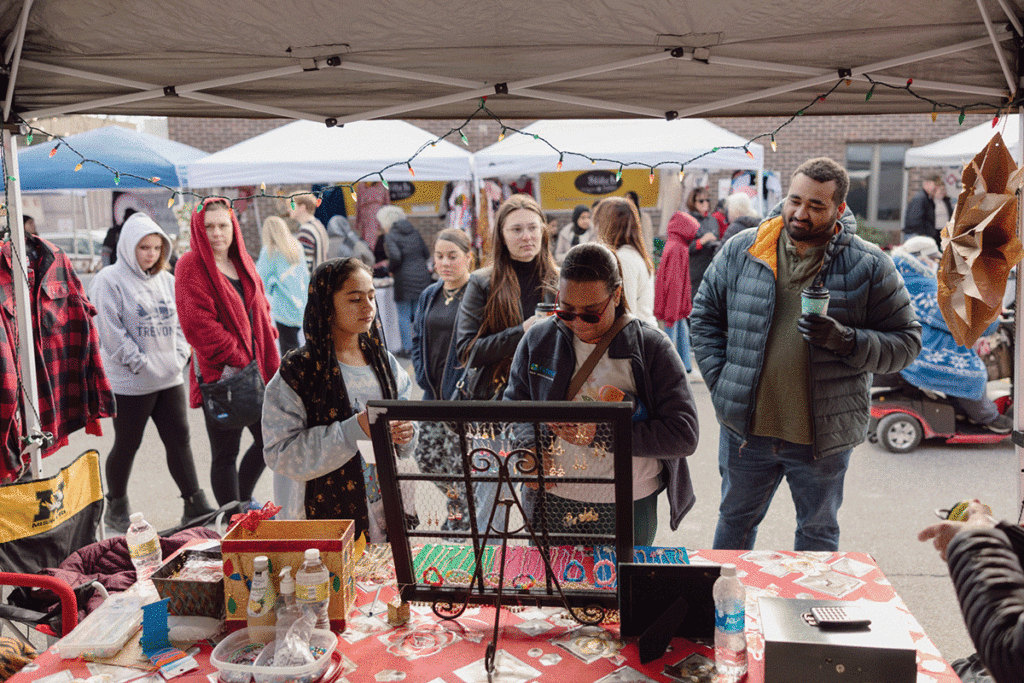
Christmas
If a stroll through the mall or a dash into Target is any indication, Christmas, if not the most popular December holiday, is the most commercialized holiday.
While the reason for Christmas dates back over two thousand years, the first recorded celebration of the birth of Jesus wasn’t until AD 336. No one knows the exact day on which Christ was born. So why celebrate in December? One theory is that cultures across Europe and the Mediterranean observed various pagan festivals at this time of the year. Many of these festivals included some heavy (and not so holy) partying. In order to keep his people from indulging, a Christian bishop adopted December 25 as Christ’s birthday.
According to historian William J. Tighe (professor of history, Muhlenberg College), the date is more logical. The church chose March 25 as the day Mary conceived Christ. It only follows that Jesus was born nine months later — on December 25 (see Touchstonemag.com/Calculating Christmas).
Christmas began as a holiday for those of the Christian faith and is still celebrated as such. It is also celebrated by atheists and agnostics alike as a season for family and friends, for giving, and for sharing. There are nearly as many Christmas traditions as there are families who celebrate. A drive on any given night in December through Columbia will reveal both beauty and frivolity as homes are decked out with a variety of lights, bows, Santas, reindeer, sleighs, snowmen, nativity sets, and any number of other religious and festive decor.
Whether or not a house displays decorations outside, it’s inside each home where the real observance takes place. Regardless of ethnic background, if you celebrate Christmas, food and family are sure to be at the center.
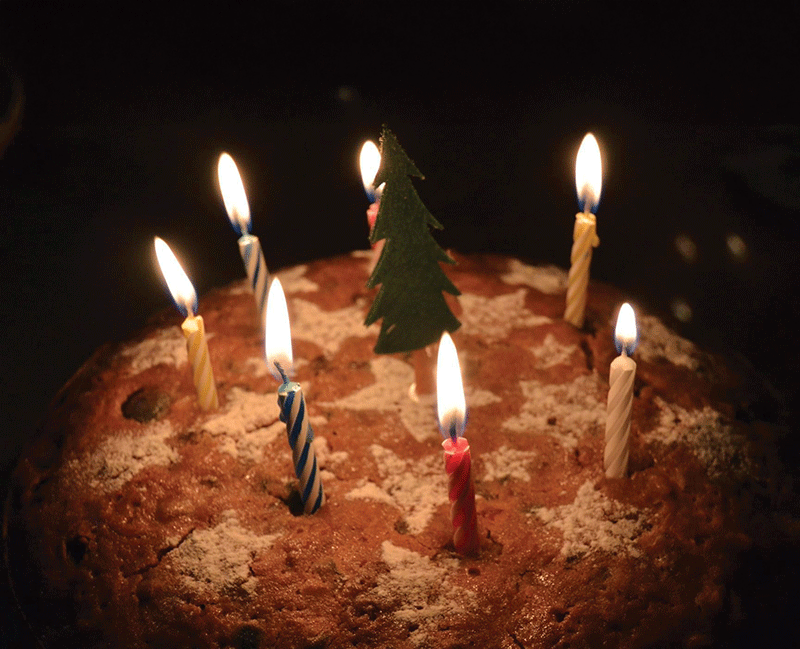
Our Russian neighbors celebrate with an annual nativity play at church on Christmas Eve. Characters in the play call the children from the audience up to the stage where they each receive gifts of Russian candy, an apple, and an orange — symbols of prosperity and generosity. On Christmas morning, it’s back to church and then home for a celebratory meal. Traditional fare includes a Russian salad, aka olivye, similar to a potato salad but with carrots and kielbasa. Another dish found on Russian tables on December 25 is a Russian Shuba Salad (herring under a fur coat).
Natasha Borlak, a local Columbian of Russian heritage says, “It’s very pretty, but it’s an acquired taste.” The table isn’t complete without Koreiskaya Morkovka (carrot salad), Golubtsi (stuffed cabbage rolls), and mashed potatoes.
After this feast, the children play a game in which small, wrapped gifts are tied along a string. The string is then hung between two chairs. The children are blindfolded, given a pair of (safety) scissors, and pointed in the direction of the hanging gifts. Whichever gift they snip off the line is theirs. The rest of the day is spent visiting with extended family and friends, sipping tea and grazing on meats, cheeses, candies, fruits, and cakes. Who knows? Someone might even pick up a guitar and start a few rounds of Christmas carols.
A Korean tradition that continues here in central Missouri is that of the Christmas cake. In Korea, these cakes might be ordered from elite bakeries and cake shops weeks in advance, but they can also be made at home. The cake itself is usually either a sponge or a cream cake. It’s the decorations that truly mark it as a Christmas cake though. Snowflakes, Santas, Christmas trees, reindeer, and colorful fruit are a few of the options.
For our neighbors of Mexican heritage, tamales and enchiladas are at the top of the list, along with plenty of desserts such as flan or dessert tamales that are filled with a sweet pudding and drizzled with caramel sauce.

Kwanzaa
A veritable youngster in this line-up of December holidays, Kwanzaa began in 1966 and is a celebration of African heritage, unity, and cultural identity. Its founder, Dr. Maula Karenga, is a professor and chair of the department of Africana Studies at California State University, Long Beach.
Observed each year from December 26 through January 1, each of the seven days is dedicated to one of the seven core principles of Kwanzaa: unity, self-determination, collective work and responsibility, cooperative economics, purpose, creativity, and faith.
Suggested ways to celebrate include lighting the Kinara (a candelabra with seven candles, one for each day of the festival) and discussing the seven principles. You might decorate your home with the symbols associated with Kwanzaa (crops, a mat, Kinara, corn, unity cup, seven candles, gifts); participate in a gift exchange; prepare traditional African food; or engage in traditional African music and dance. The idea is to celebrate what was, what is, and what will be in the future for everyone of African heritage.
As home to the University of Missouri and multiple colleges, as well as being a city that welcomes refugees, mid-Missouri’s variety of ethnic groups and their December celebrations cannot be contained in one article or one place, but the next best thing is City of Refuge’s Holiday Market on December 7. During this once-a-year event, sixteen artisans from various countries will have tables with handmade items that celebrate both their ethnic background and the December holiday they hold dear.
“What I love about the Holiday Market is that you see people literally celebrating,” said Garrett Rucinski, City of Refuge’s director of engagement. Along with international food, an appearance by Santa, and live entertainment, the Holiday Market showcases a taste of the diverse ways Columbia celebrates December holidays.



